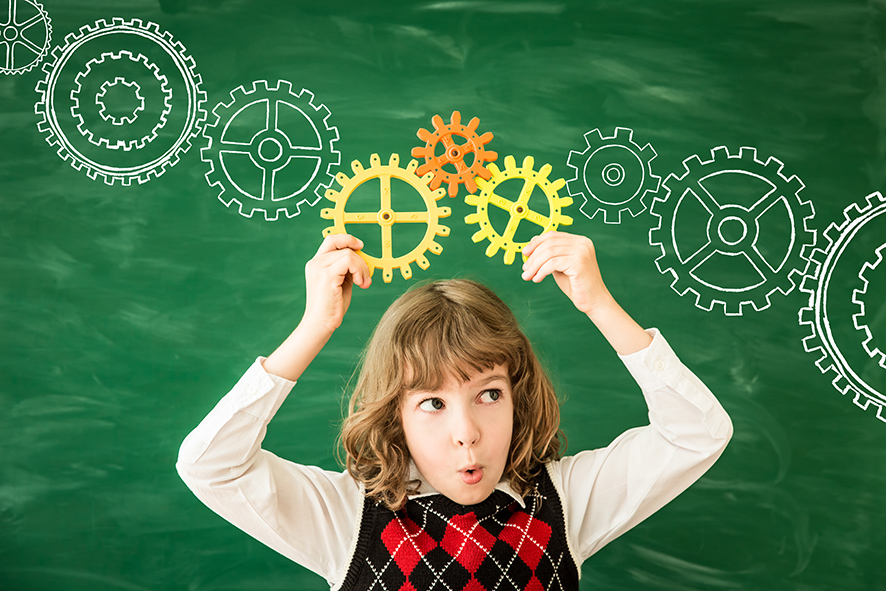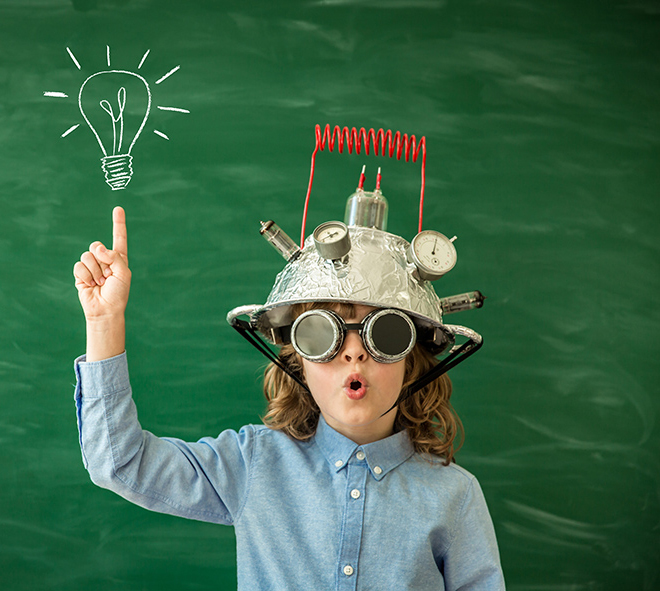neurodidactics
According to Dr Marzena Żylińska, it is the teachers who have the greatest impact on what their pupils will do later in life, how they will manage and how much they will learn during the hours spent at school. In one sense, you could say that it is the teacher who sculpts the child's brain. This is exactly what neurodidactics does.

In the learning process, what exercises a student does and how often a student practises, is very important. It is well-known that repetition makes the brain remember and learn. Treated by some as being of lesser importance, art, music and physical activities have, in fact, an extremely strong influence on the development of a child's brain. Children develop, in many ways, the variety of skills that they will need later, such as patience, persistence and motor co-ordination.
Content and learning methods
Three phases are distinguished throughout the learning process: firstly, imitating others; secondly, doing the same activities alone and finally, acting according to one’s own creative ability, developing the knowledge acquired, in so doing.
The best method of learning seems to be the transferring of knowledge, indicating solutions and then engaging students to actively participate in classes, because this guarantees their effectiveness. On the other hand, when a teacher's monologues are listened to passively, the student’s mind turns off and absorbs nothing. At the Joy Primary School, we fill every school hour with engaging activities that the children find interesting. Learning in this way, is never boring but rather a pleasure.

The learning atmosphere
Interpersonal relations are very important in making the pupils’ time at school pleasant. By co-operating with others, the brain also learns faster. This includes both contacts with one’s peers and with the teacher, in particular. For this reason, so much responsibility rests with the teacher.
